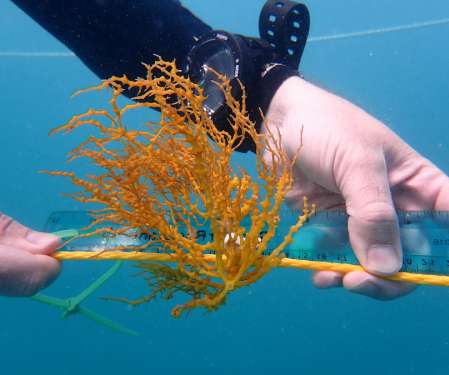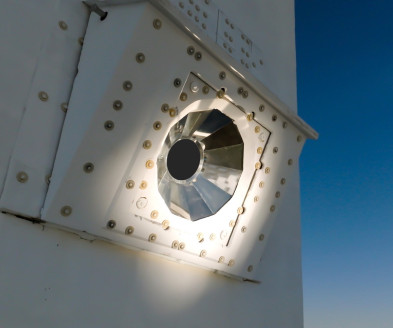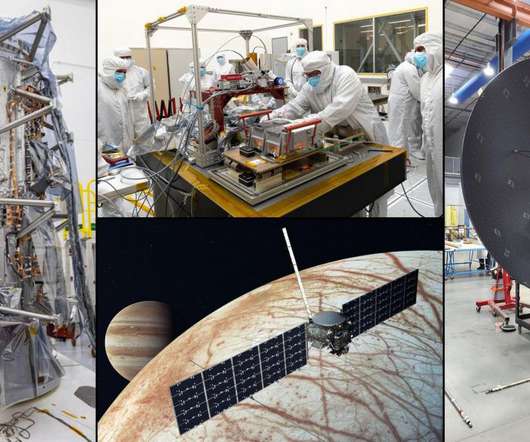University of South Florida Spinout Targeting FT Jet Fuel from Biomass with New Catalyst and Process
Green Car Congress
APRIL 5, 2010
A spinout from work at the University of South Florida is developing a new Fischer-Tropsch-based (FT) process to produce hydrocarbon transportation fuels—initially jet fuel—from biomass. Instead of using an iron catalyst as in conventional FT systems, COSI Catalysts Inc.





































Let's personalize your content